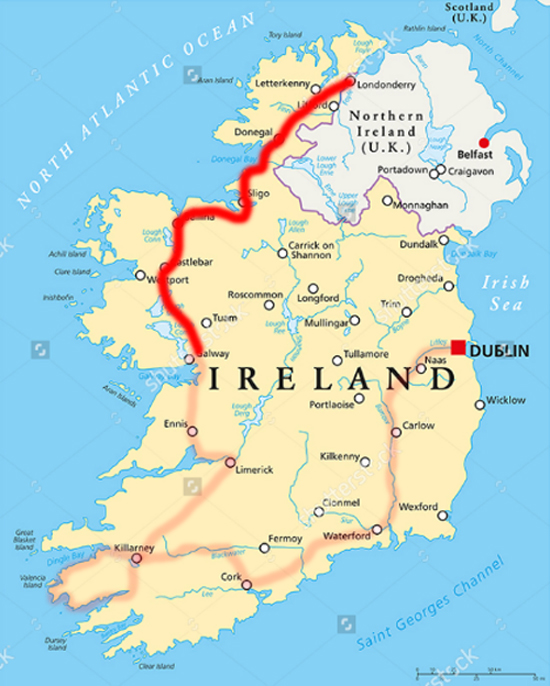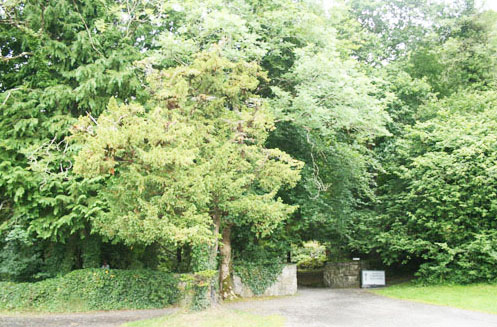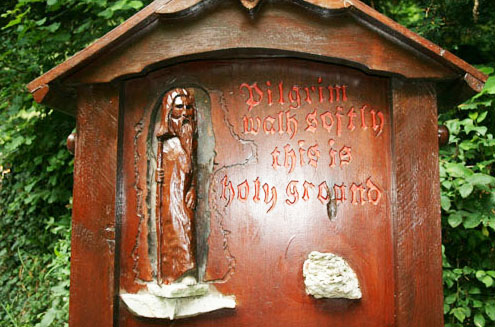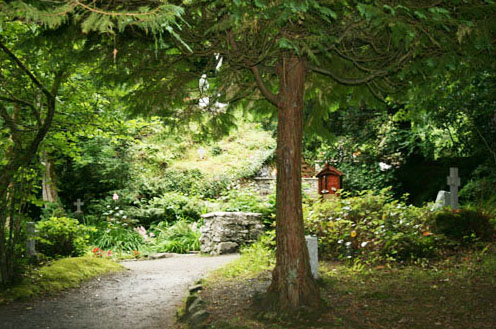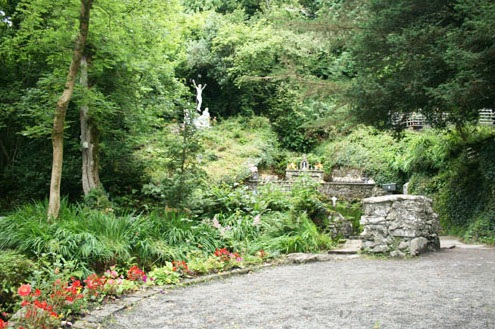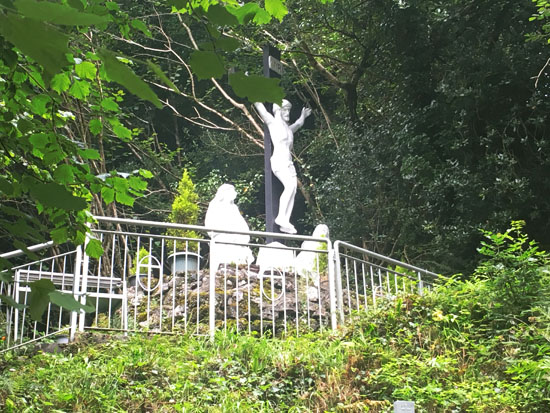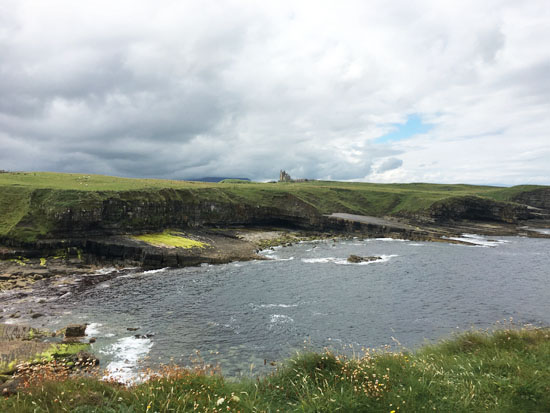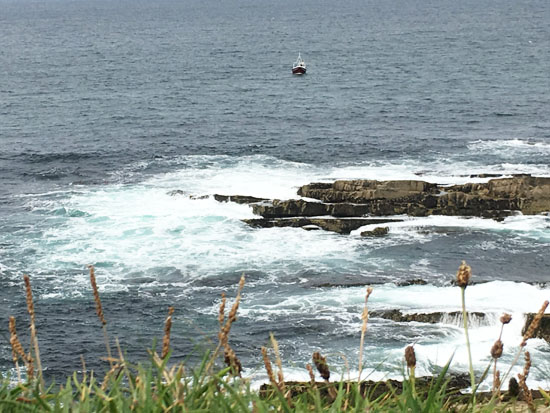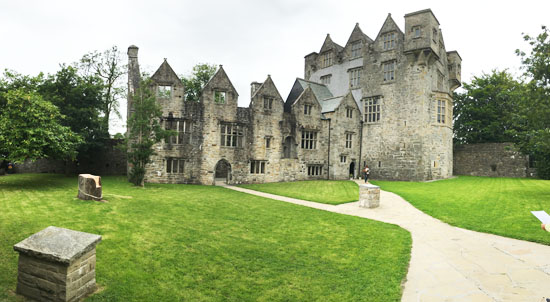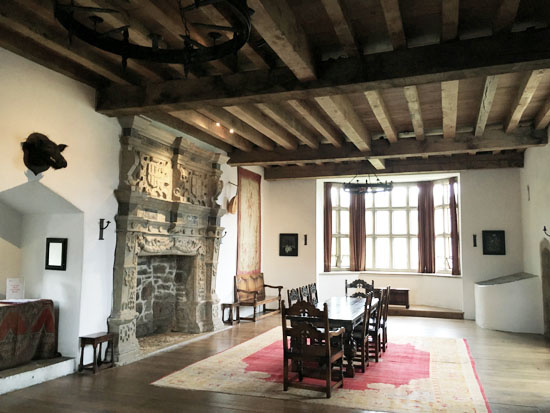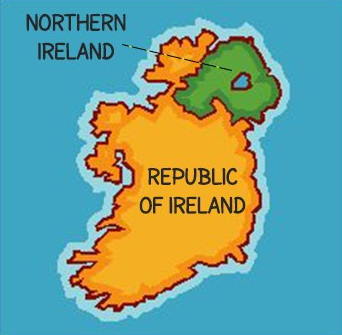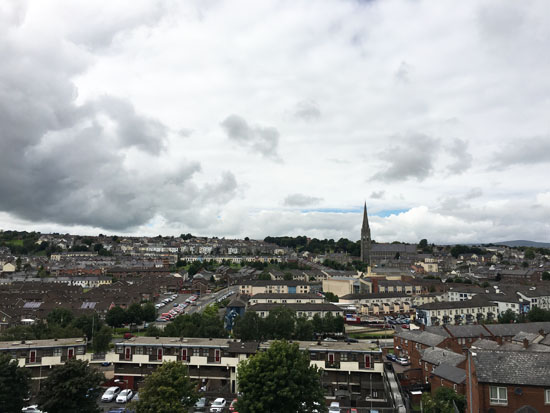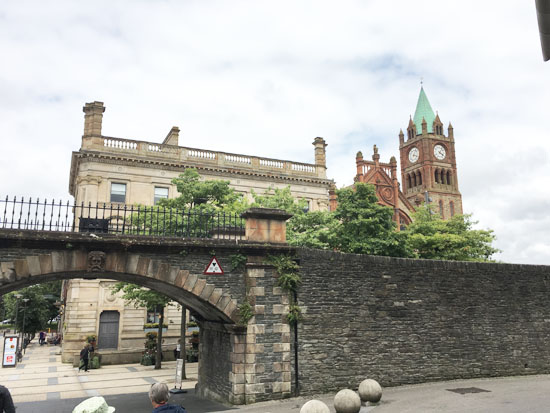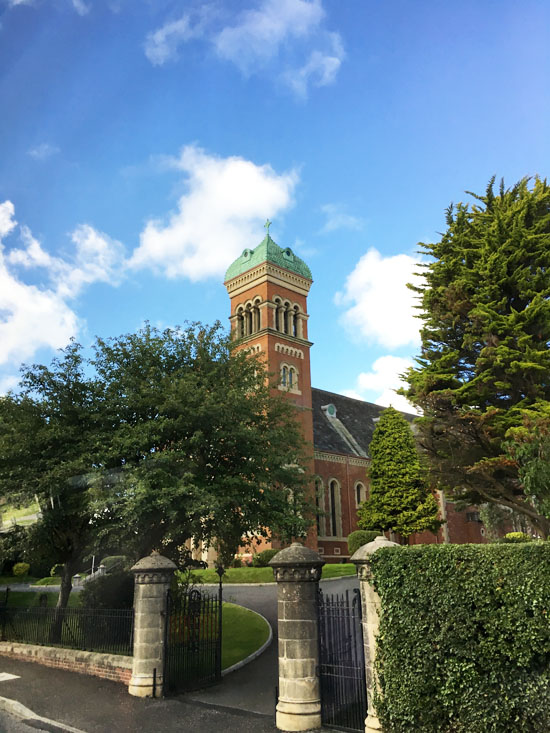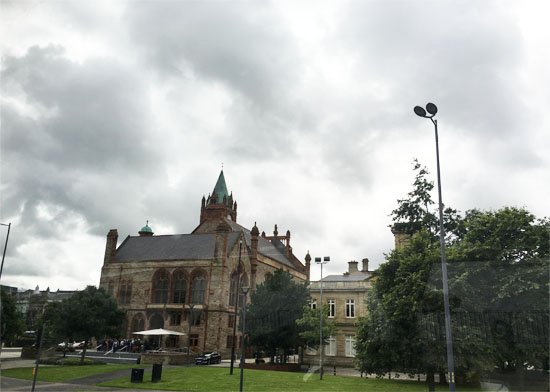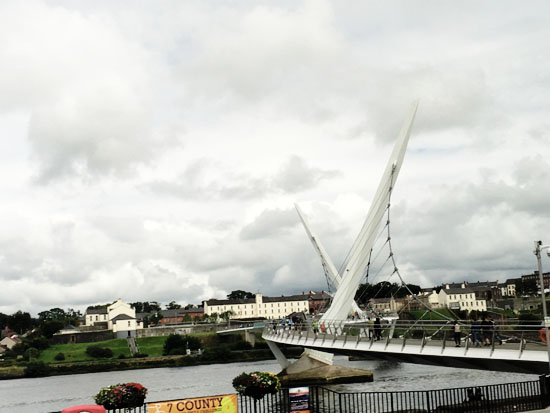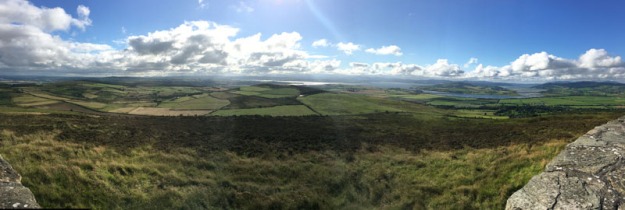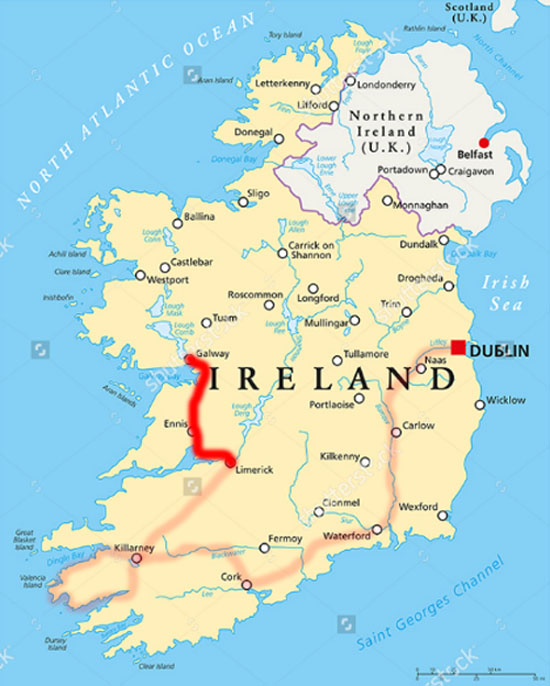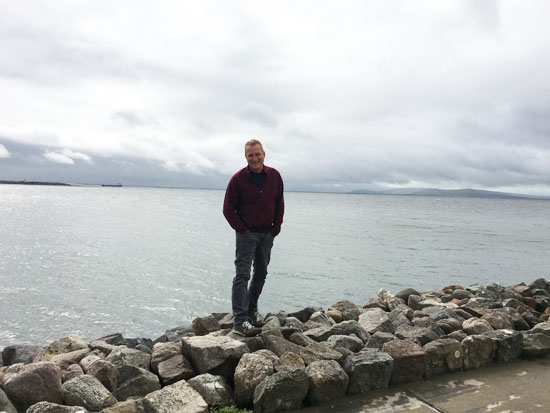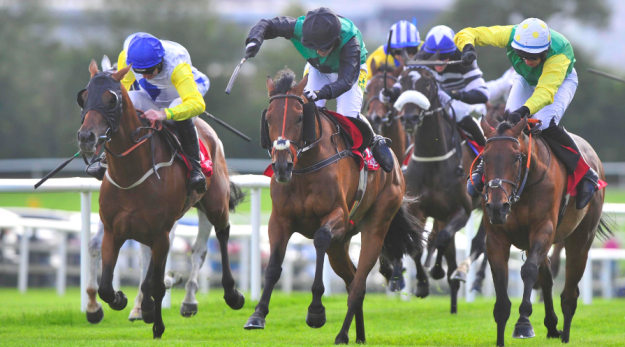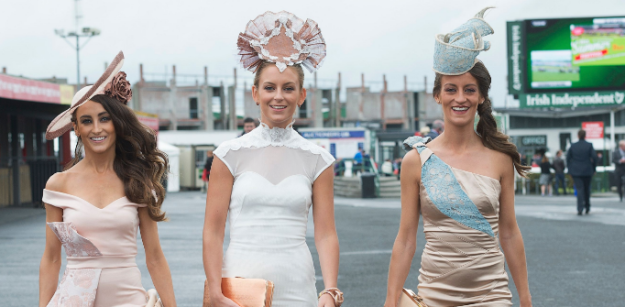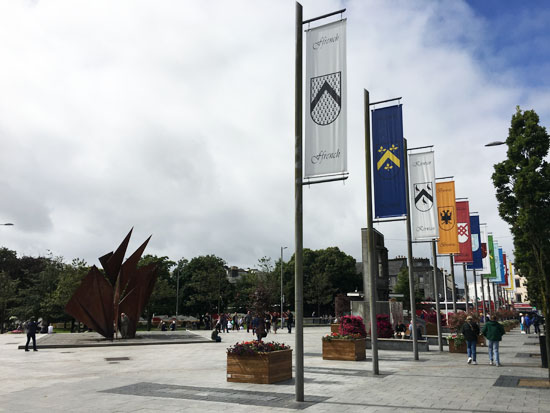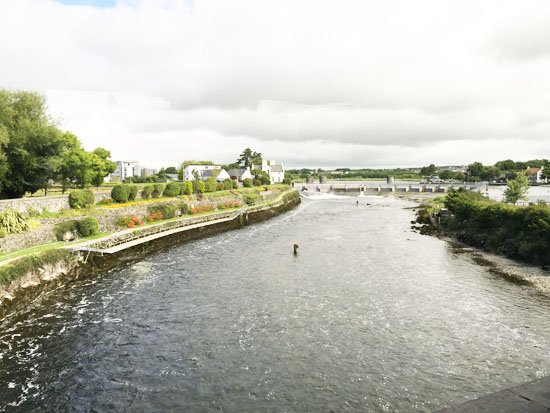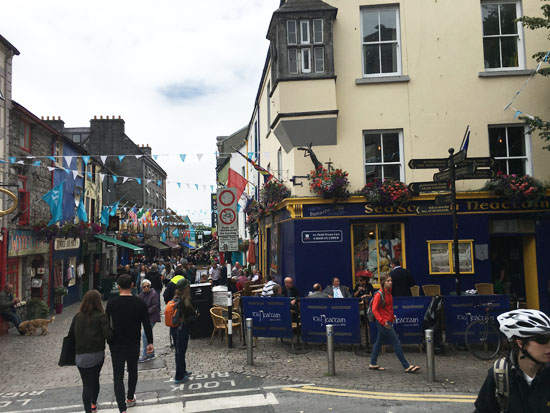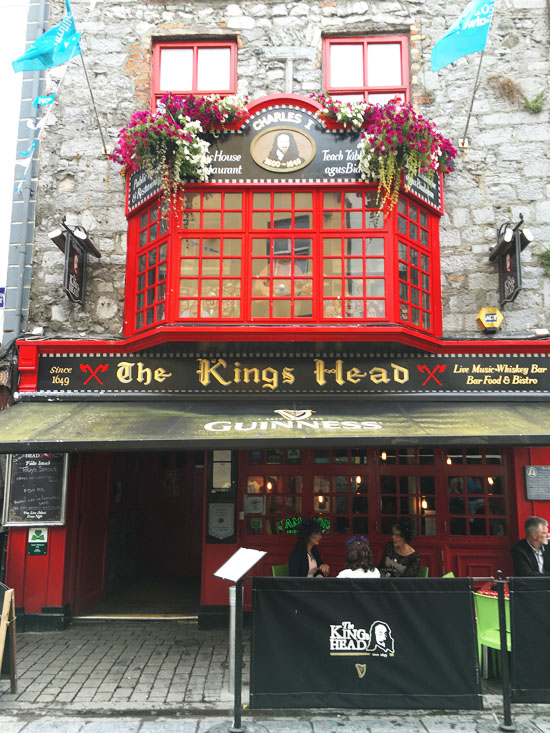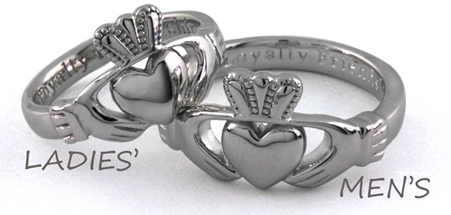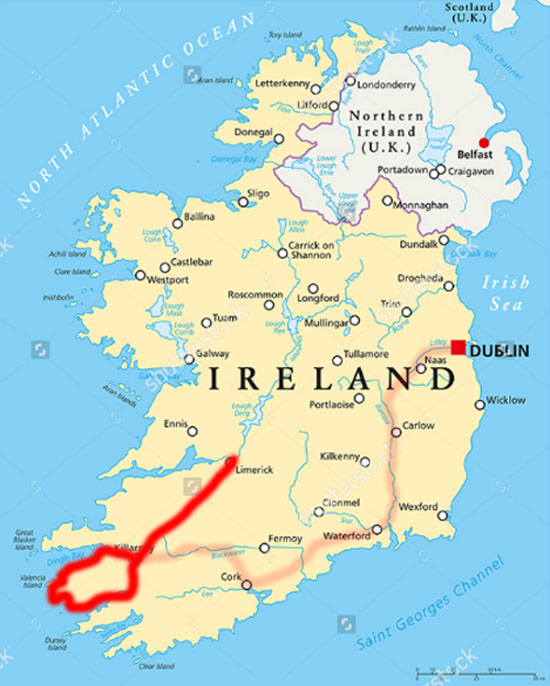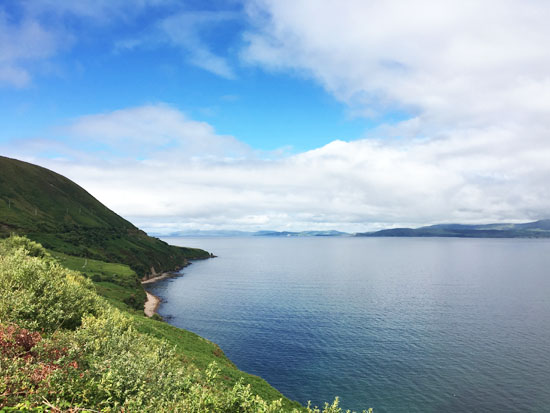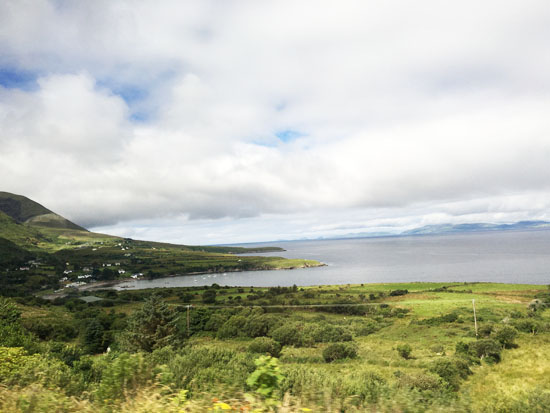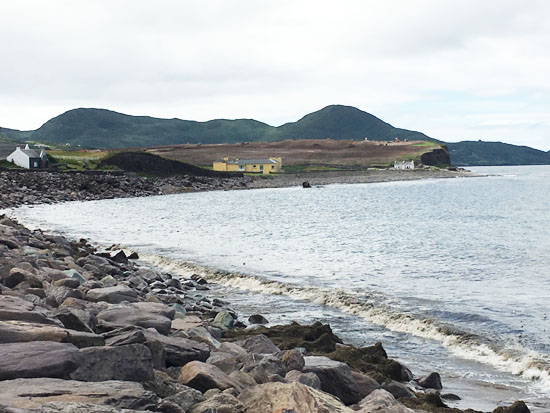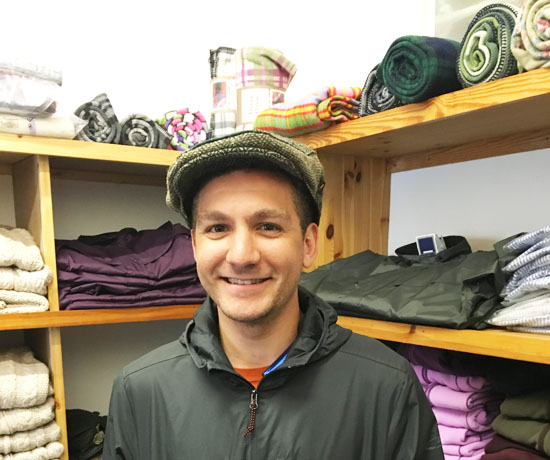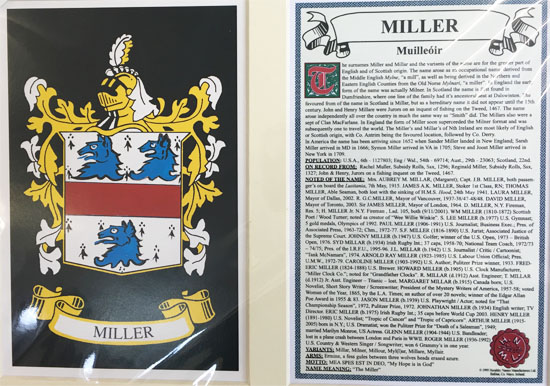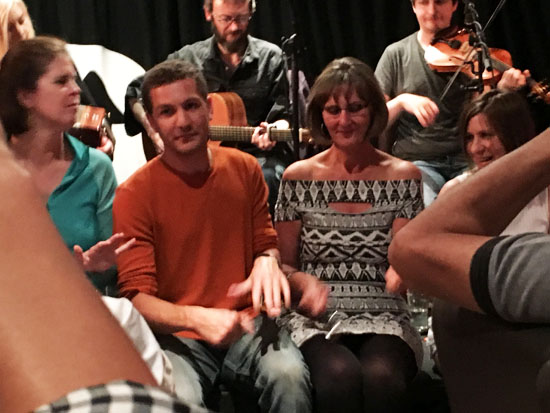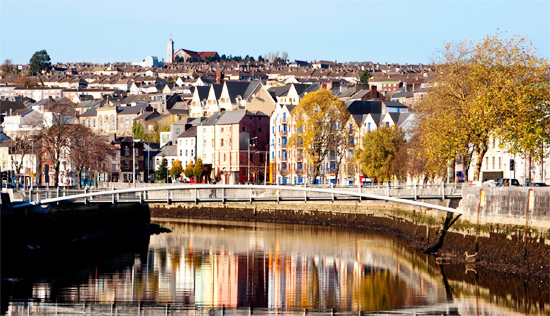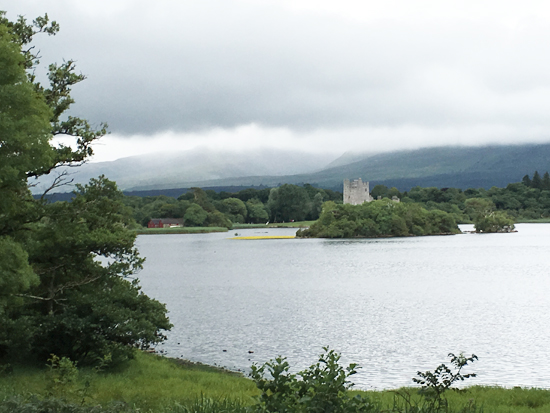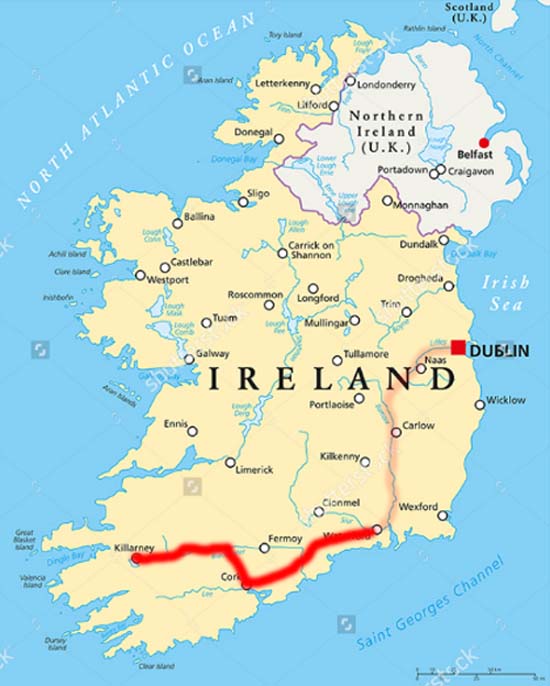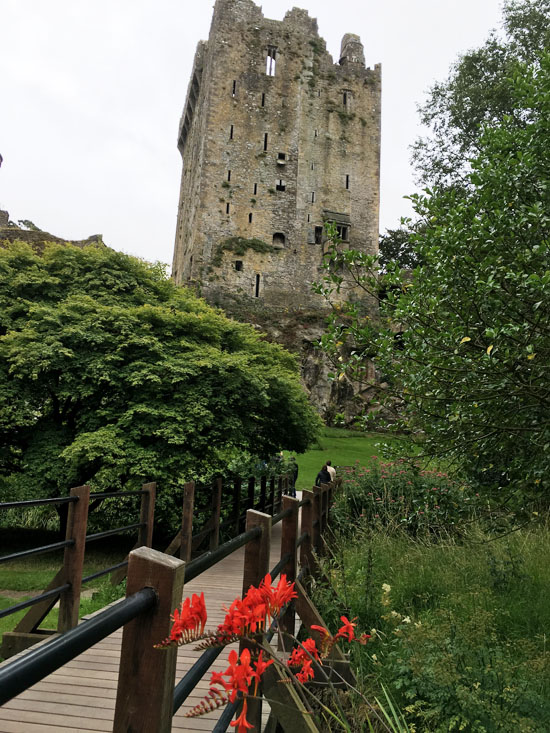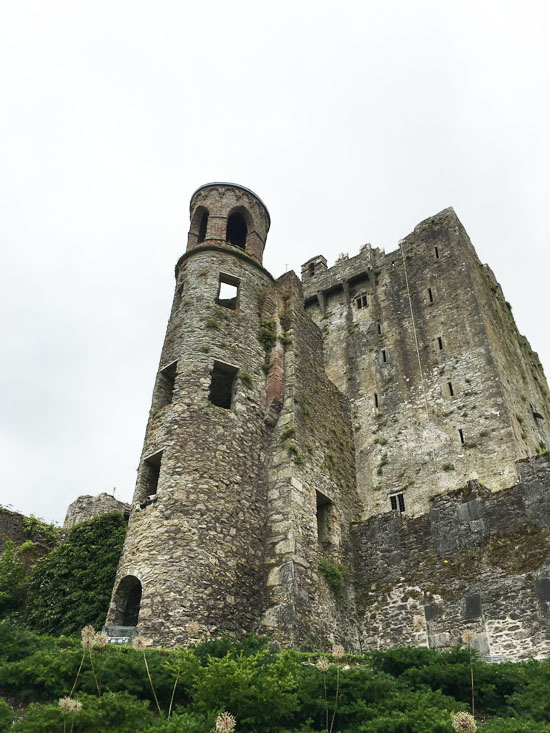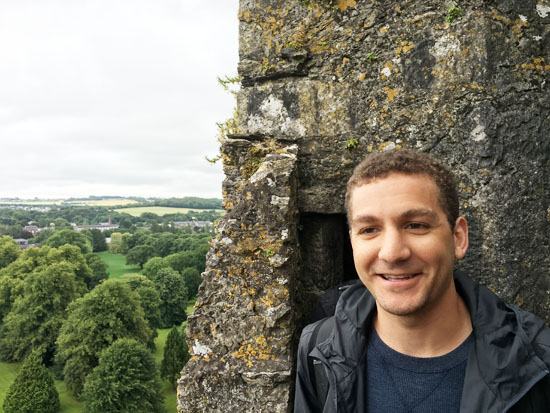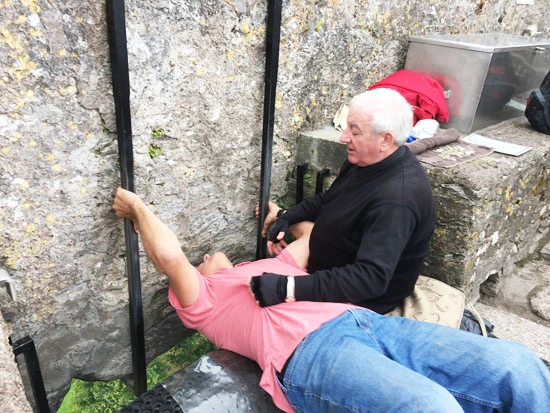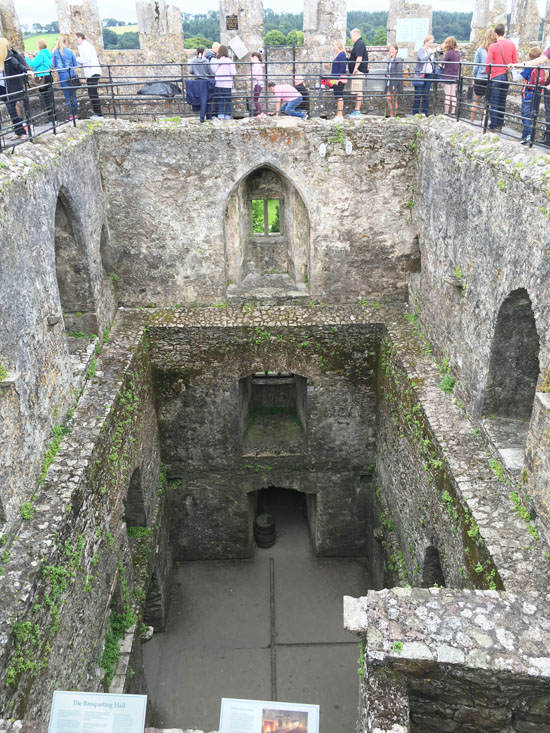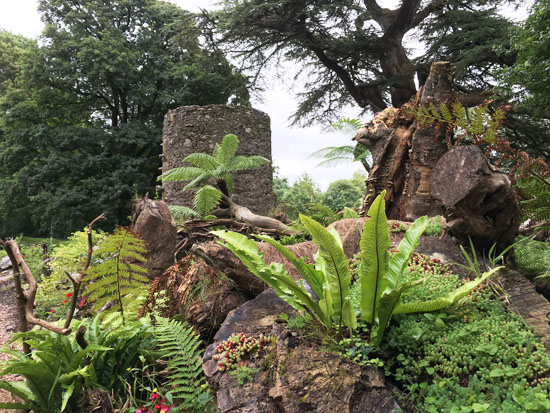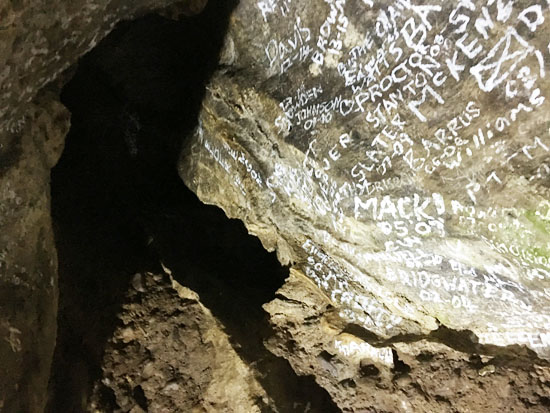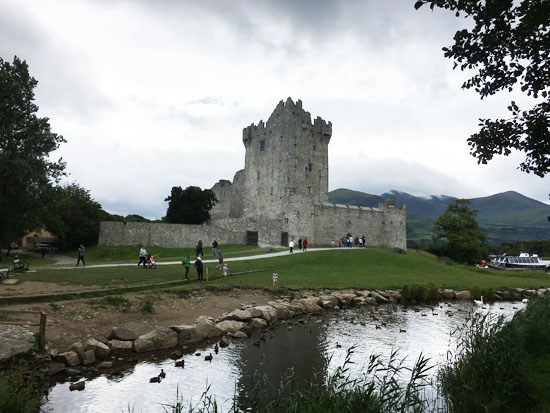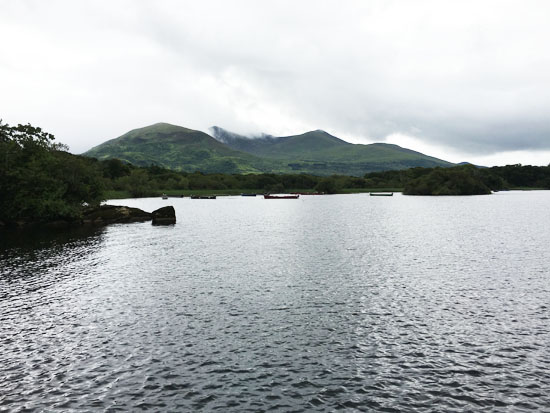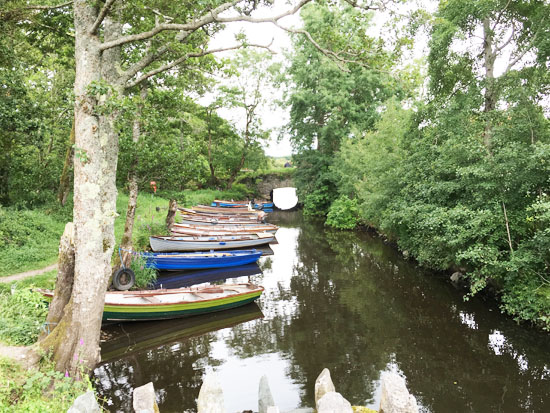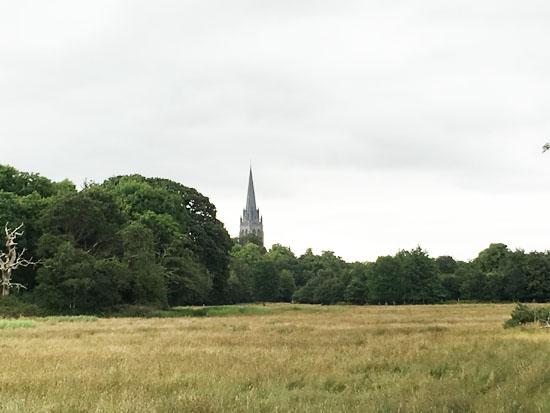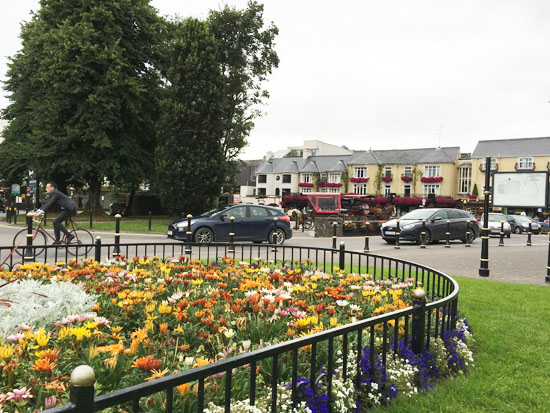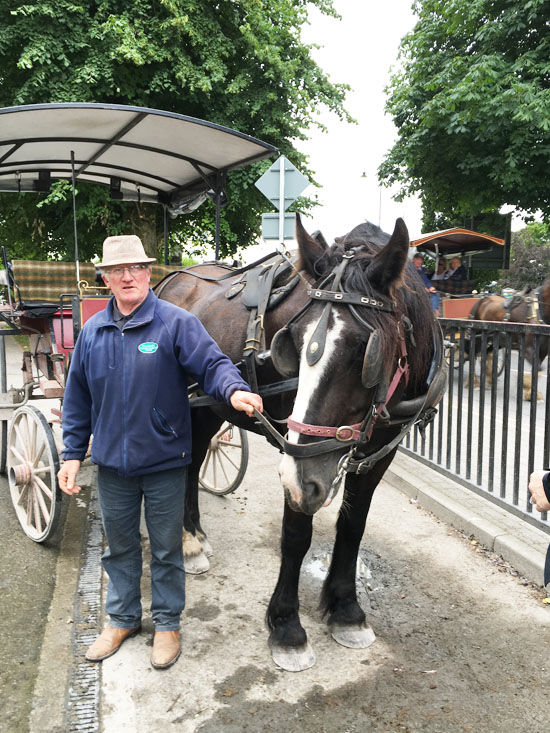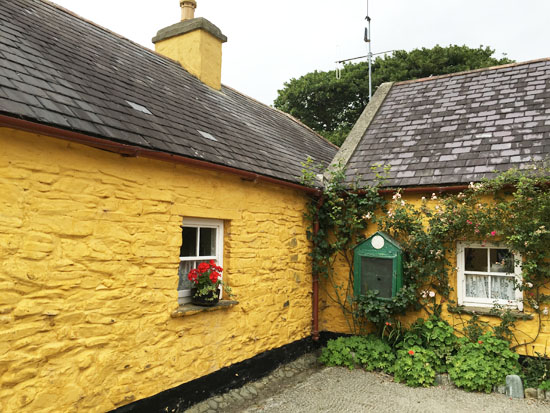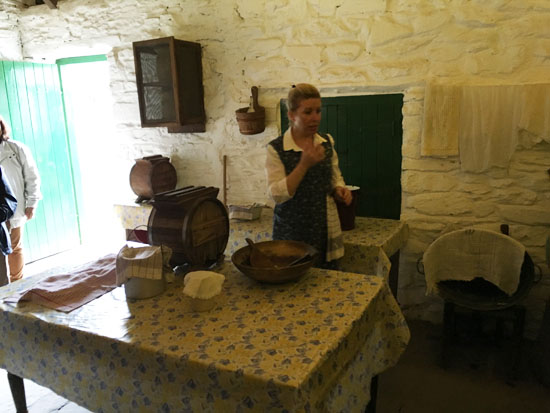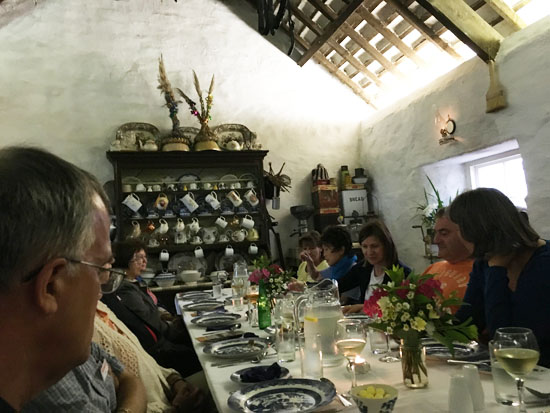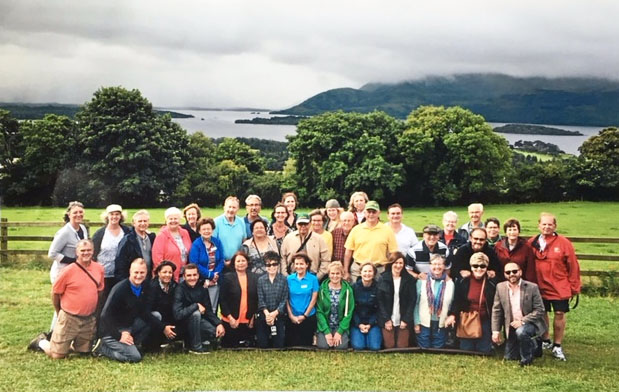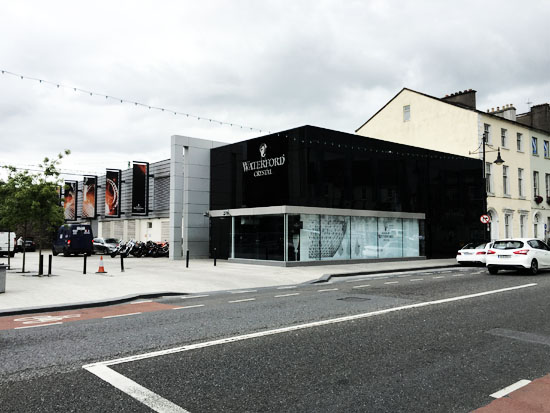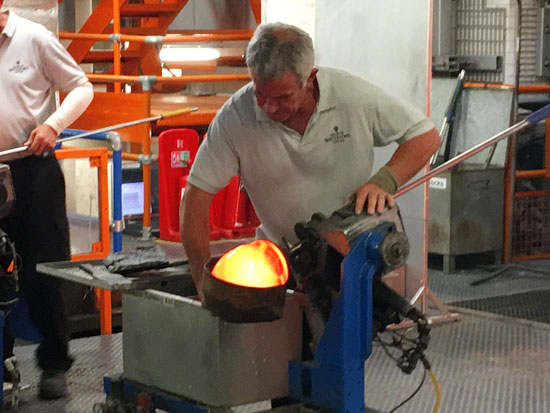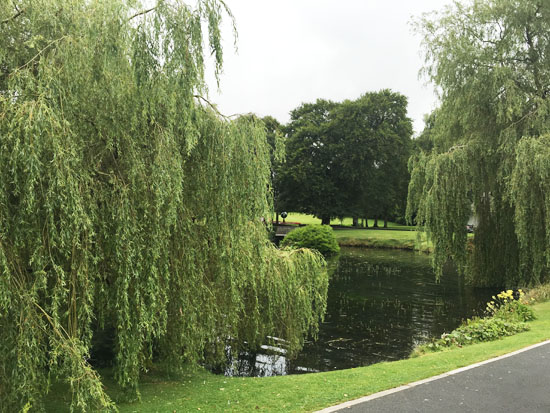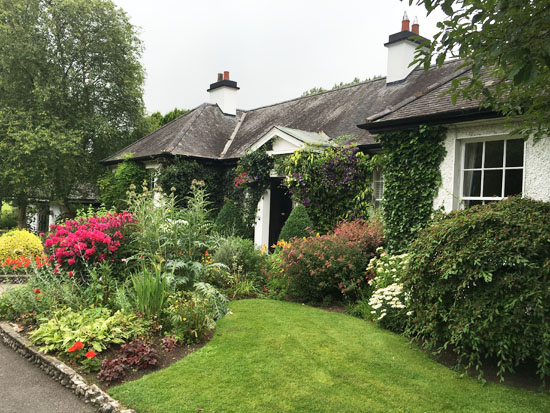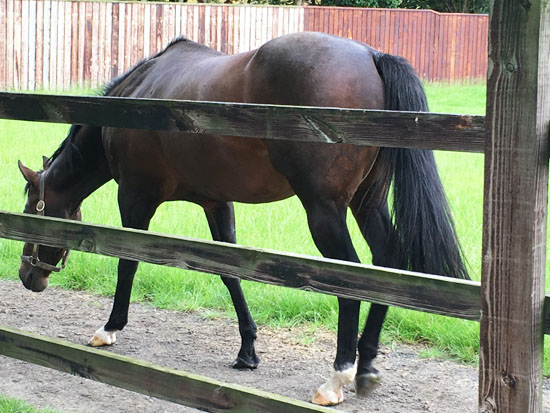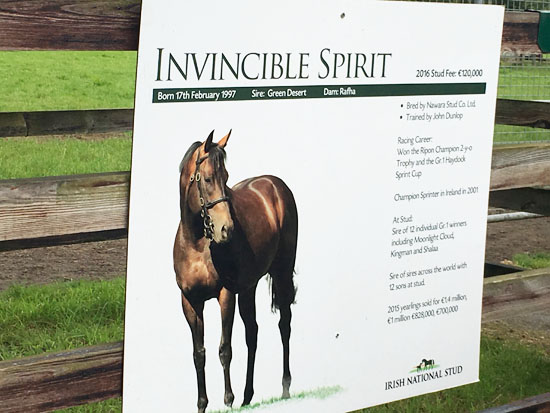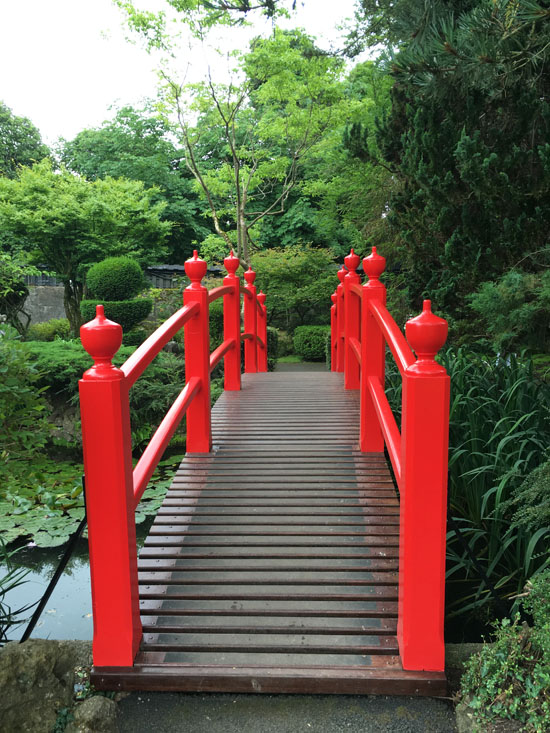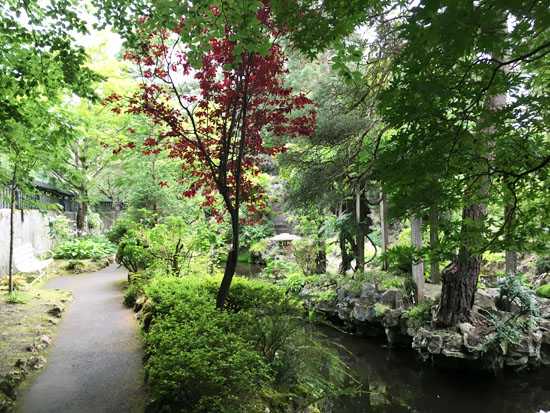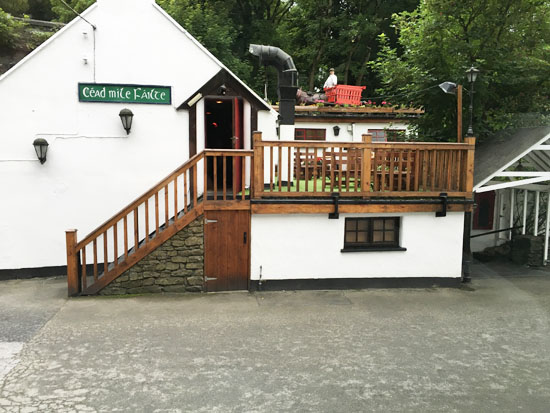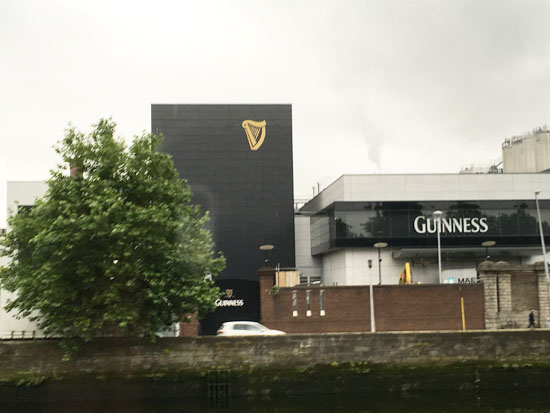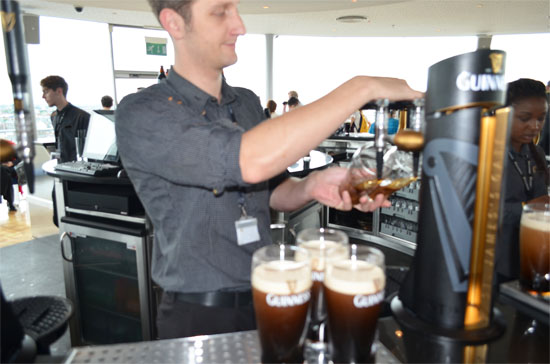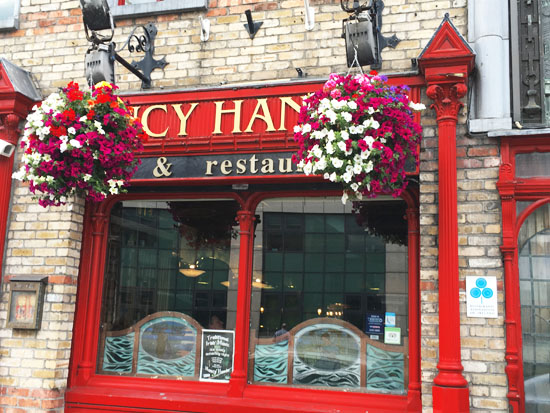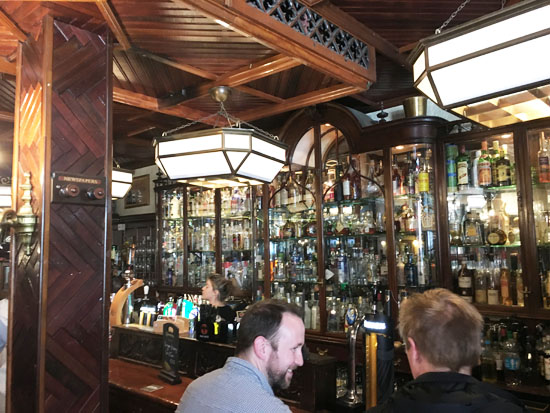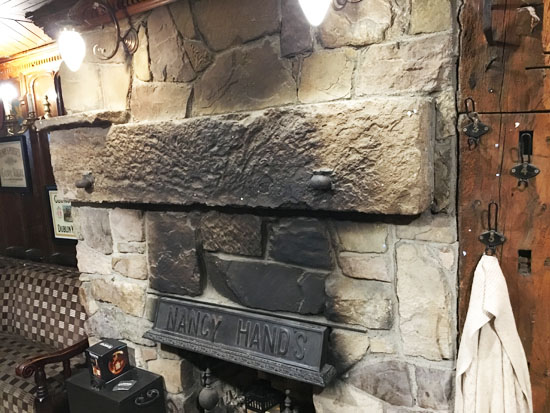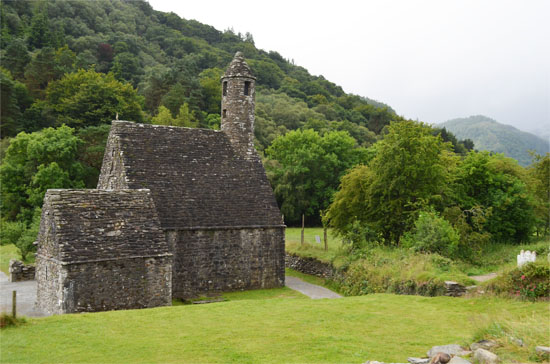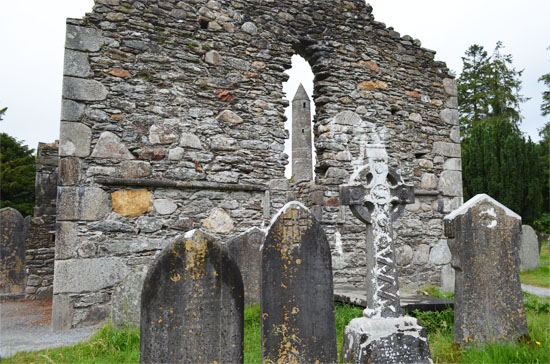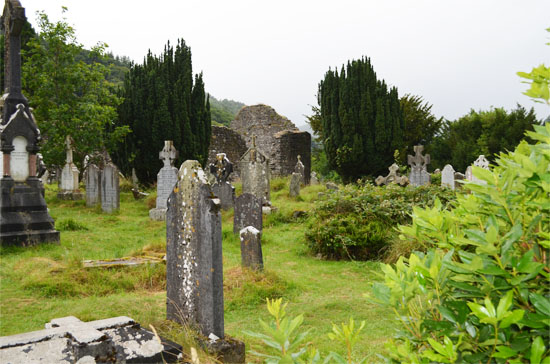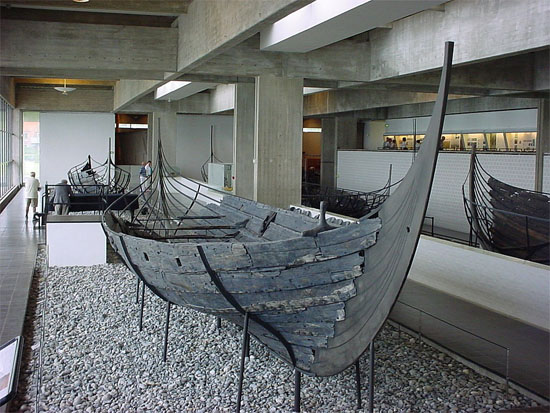The next leg of our trip to North Ireland takes us to the mystical Giant’s Causeway then on to Belfast, the epicenter of the Northern Ireland “troubles”. Here is a retrace of our trip so far:

The Giant’s Causeway
 Drenched in myth and legend, the Giant’s Causeway is a beautiful coastal outpost located on the north shore of Northern Ireland.
Drenched in myth and legend, the Giant’s Causeway is a beautiful coastal outpost located on the north shore of Northern Ireland.
The product of years of intense ancient volcanic activity, it’s 40,000 basalt columns provide beauty and mysticism and was declared a UNESCO World Heritage site in 1986.
Legend has it that it was carved from the coast by the mighty giant, Finn McCool. Gaelic mythology says that Finn McCool was challenged to a fight by a Scottish giant, Benandonner. Accepting the provocation, Finn built the causeway across the North Channel to meet and duke it out with Benandonner.
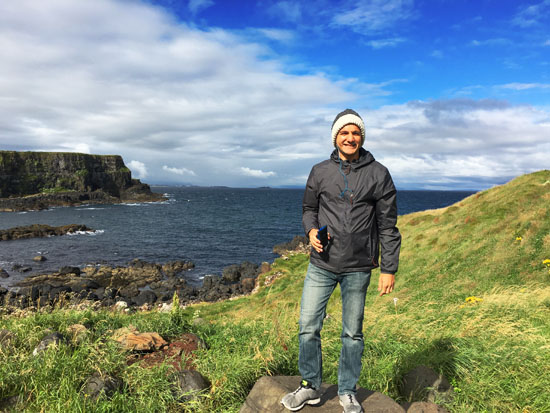
There are opposing stories of how the fight went. One legend says Finn easily defeats the Scottish giant. Another says Finn makes his way to the meeting point and sees how big the Scottish giant is and begins to hide.
Following closely behind, Fionn’s wife, Oonagh, disguises Fionn as a baby and puts him in a cradle.When Benandonner sees the size of the baby, he figures that Finn’s father must be a huge mighty giant so he retreats back to Scotland, destroying the causeway across the Northern Channel so Finn’s father cannot come after him.
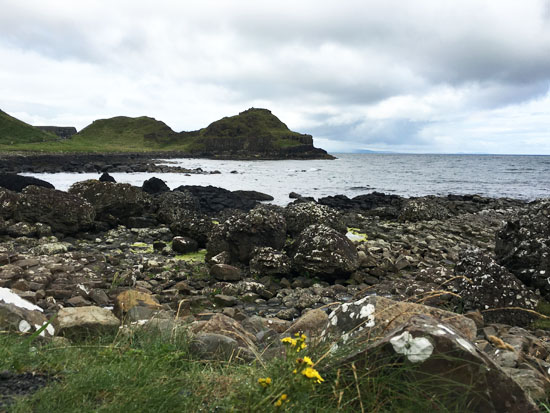
Evidence of Finn McCool are everywhere, you can see below that his Mom kept his baby shoes for posterity.
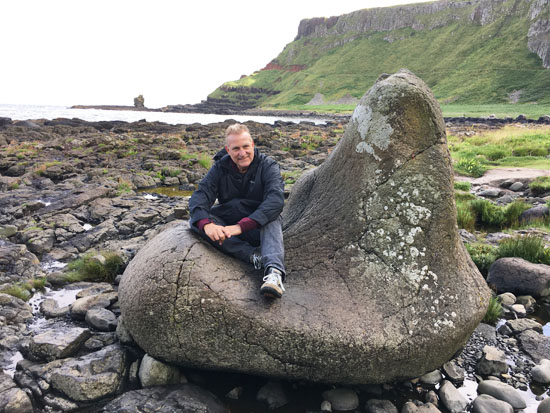
The landscape here is beautiful, it is surrounded by basalt columns that extend up the to the apex of the cliffs.
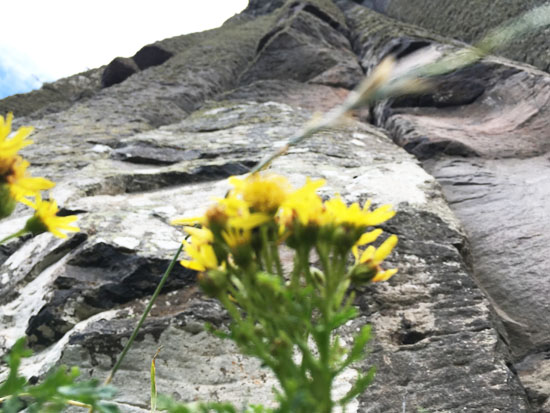
We trekked to the top of the causeway and were rewarded with a spectacular view:
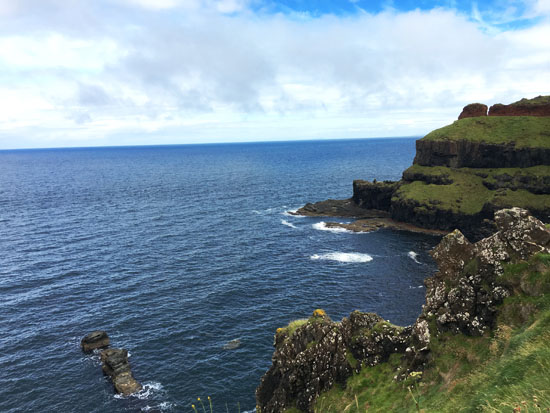
After descending, we decided to test our lungs a bit more and climbed to the other summit of the cliff where we were met by sheep.
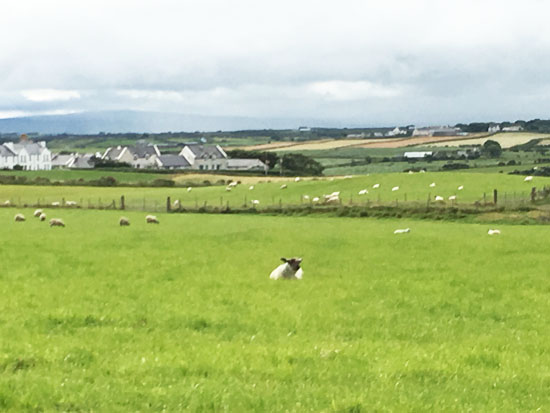
The Gemstone Chronicles
Our story of the Giant’s Causeway would not be complete without sharing a book with you called The Gemstone Chronicles. Written by a high school friend, Bill Stuart, the story is about a couple of kids that discover a fairy cross while rock hunting with their grandfather.
After finding out that an elf was imprisoned in the fairy cross, they mistakenly released the elf and embark on a journey to a land of giants called Celahir to help in the elf’s return to his homeland. In book 3 of the 4 part series, their journey takes them to the Giant’s Causeway. If you like books like Harry Potter and Narnia, you’ll enjoy this story.
Belfast: A City of Troubles
Our final stop in Northern Ireland was the capital city of Belfast. Known to most as the “troubles”, Belfast has been the epicenter of violence between Irish Protestants and Catholics.
You may remember from my last post that King Henry the 8th started the Protestant religion when the Catholic church would not grant him a divorce from his first wife. Prior to this, Ireland was primarily Catholic and as the Protestant religion began to spread across the nation, it caused unrest and division within the country.
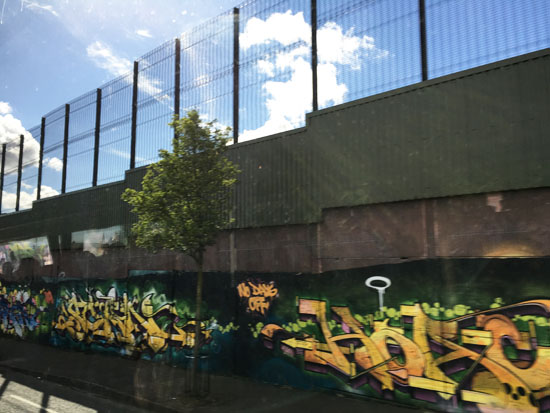
After hundreds of years of religious strife, it all came to a crescendo in Belfast in 1920. Ireland was partitioned into 2 separate countries. The Republic of Ireland was mainly Catholic and Northern Ireland Protestant.
The Irish Republican Army (IRA) began a campaign of violence against the British army and Protestants that lasted for several decades and most of this violence centered around Belfast. Of the 465 killed in the conflict, 90% were civilians. As we drove around the city, there were clear signs of the conflict, with tons of war graffiti and wire laced walls.
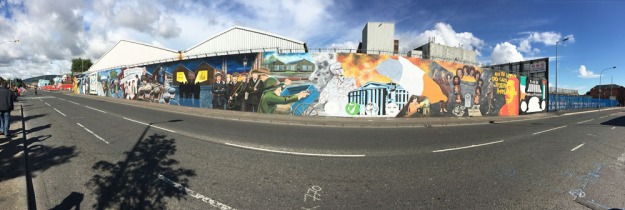
After the unrest cooled in 1998 with the Good Friday Agreement, the city began a rebuilding period. We visited the Titanic museum, this is just one example of the new Belfast.
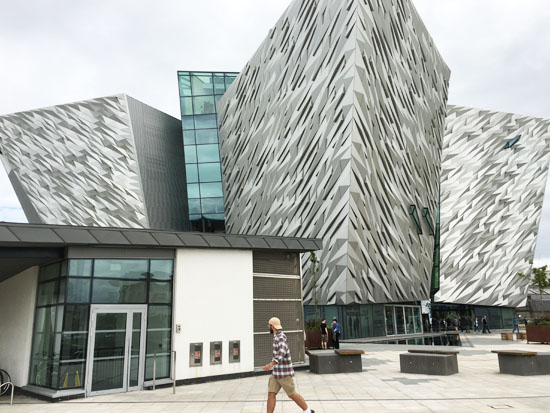
Ireland and Brexit
You may remember that the Republic of Ireland is an independent nation while Northern Ireland is part of the United Kingdom. The Republic of Ireland is part of the European Union (EU) and the United Kingdom just voted to leave the EU.
This has major implications for Ireland. Since the Republic of Ireland will continue being part of the EU and Northern Ireland will not, they may have to erect a border between the countries. Leaving the EU may also have trade implications for Northern Ireland as the EU provided free trade and travel between the participating countries of the EU.
For years, many Irish citizens have wanted to reunify the Republic of Ireland and Northern Ireland into a single country as it was before the turn of the 20th century. Now that the UK is leaving the EU, this may be an opportunity to make this change. Then no borders would be needed and all of Ireland could continue to benefit in being part of the EU. But there’s still a lot of deep resentment between the countries, so only time will tell if this will happen.
Next Stop: Scotland
We spent 2 weeks on this trip to Ireland, Northern Ireland and Scotland, so I will continue chronicling our journeys over the coming weeks. The next blog will cover our visit to the Scotland and the Isle of Skye.
If you are not subscribed to our blog and would like to subscribe so that new posts come directly to your email, scroll up to the right top section of this page and type in your email address.
If you missed the prior posts, you can see them here:
- Dublin Ireland – 10 million pints of Guinness
- Waterford Ireland – Studs, Crystal and Craic
- Ring of Kerry, Ireland: Vistas, Limericks and Spoons
- Galway, Ireland: A Cosmopolican College Town
-
A Tale of 2 Countries: Republic of Ireland and Northern Ireland

